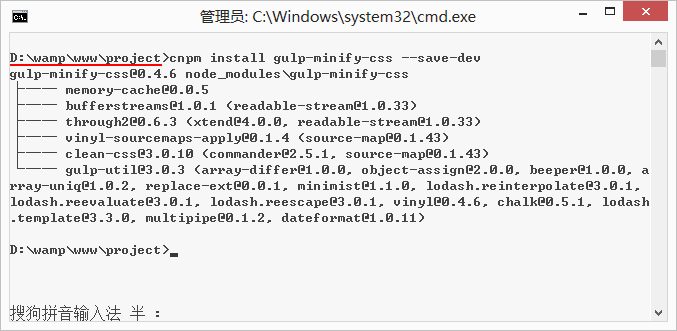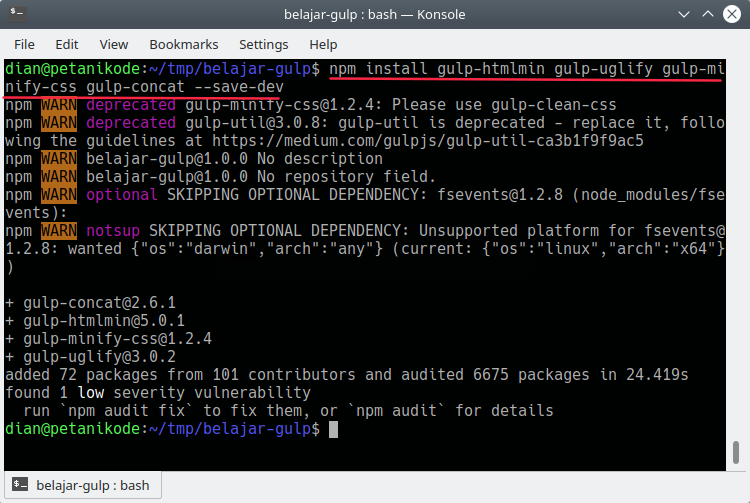

I made two main folders called app and assets. So, my initial project structure is the following: Make sure to read my tutorial about Gulp.js (and even Grunt) if you haven’t read it yet. So… when I say compiling, I also say build system! In this example I’m going to use Gulp.js, but if you’re a fan of Grunt, I’m quite sure the same can be done as well. Because of that, it’s usually used together with Browserify, a library that allows you to use require() calls and compile it so it works on the front-end.

Like I said before, React.js allows you to write components that work both in the browser and the back-end (Node.js). It’s used (and written by) the folks of Facebook/Instagram.

The library is not as popular as AngularJS, but is quite popular and used often as well. Since it’s a view-oriented library, it can be used within other libraries/frameworks, for example AngularJS. It’s a view-oriented library which allows you to write isomorphic components which can be used both in the back-end (to prerender the markup) and in the front-end (to make the user interface adapt to new changes). React.js is a JavaScript library for building user interfaces by writing components. This was enough for me to start playing with the library. Previous week I went to Devoxx and Pratik Patel gave a great talk about React.js.


 0 kommentar(er)
0 kommentar(er)
